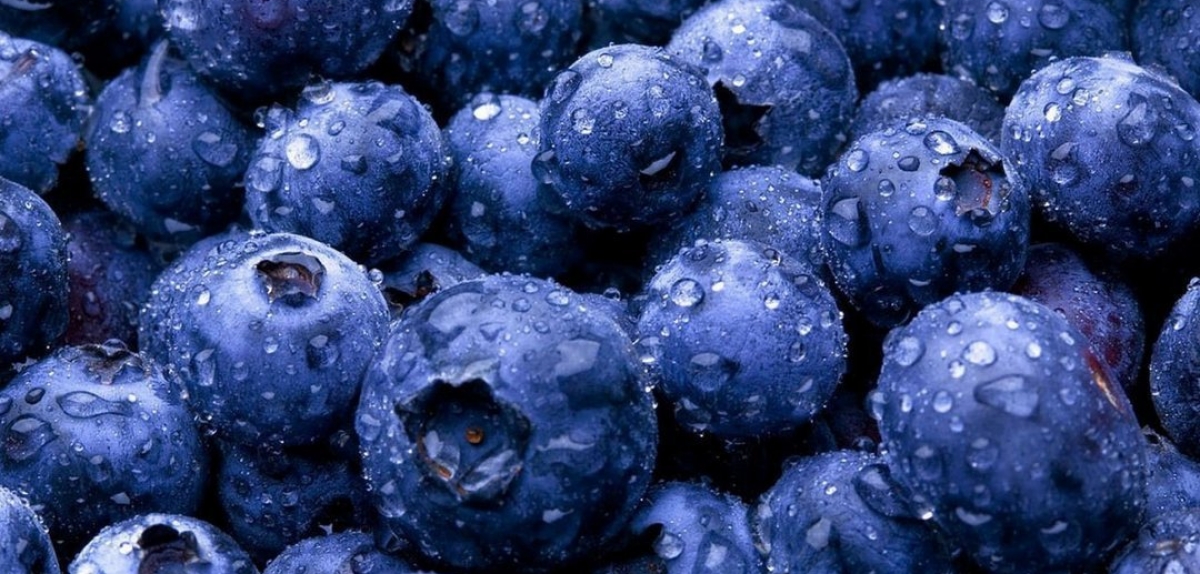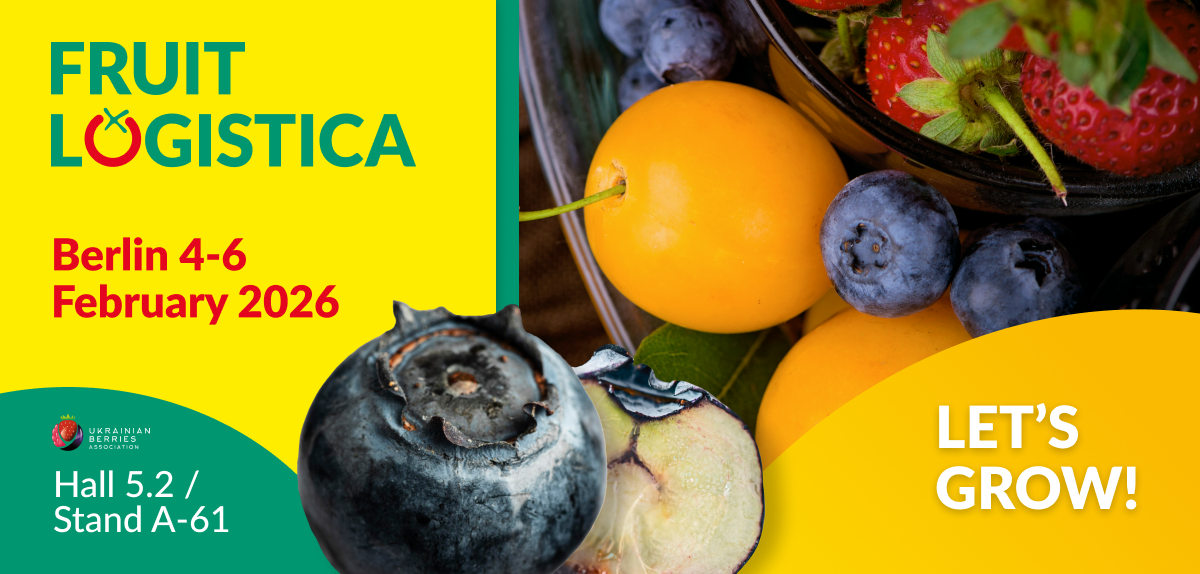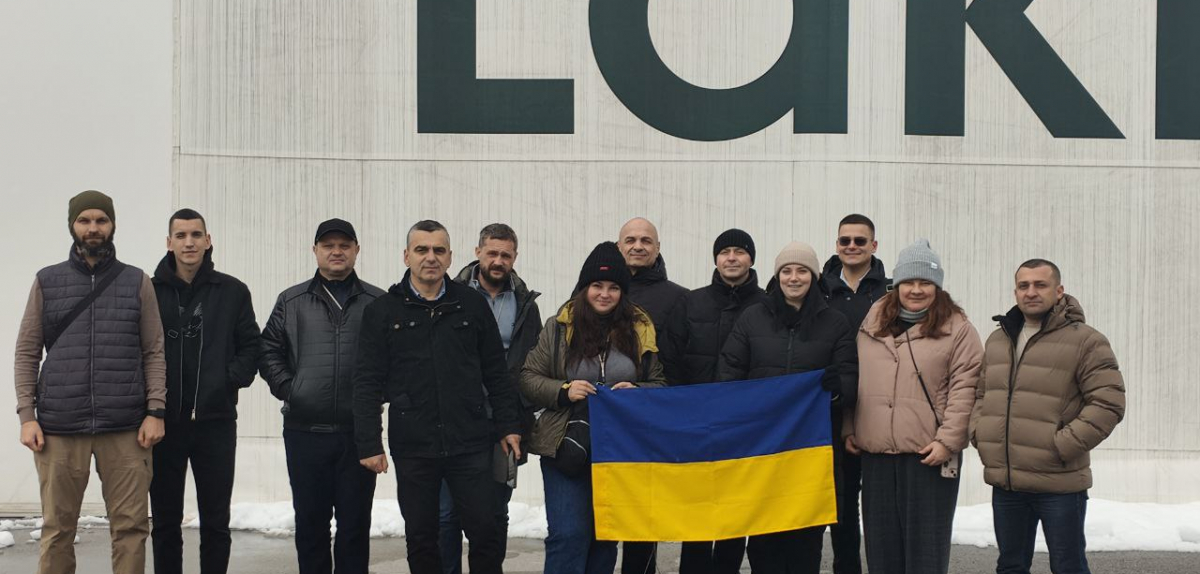
New blueberry variety honors benefactor and UF alumnus Alto Straughn

“A ‘sentinel’ is a watcher or guardian,” said Muñoz, a UF/IFAS assistant professor of horticultural sciences. “It is symbolic. We came up with the idea to name the blueberry after Alto because he ‘watched and guarded’ the blueberry breeding program for many years.”
For years, Straughn, an alumnus of the UF/IFAS College of Agricultural and Life Sciences and a former UF/IFAS Extension administrator, owned blueberry farms near Waldo, Florida, northeast of the main UF campus in Gainesville.
Now in his 80s, Straughn still meets regularly with the UF/IFAS blueberry breeder.
“Since I arrived at the program, Alto and I have discussed much about blueberries: cultivars, production, packing, marketing and more,” said Muñoz. “Alto has seen the industry from the beginning, and I am glad he has shared all that information with me and the blueberry breeding program team.”
Scientists first tested the new UF/IFAS variety on Straughn’s farm in Waldo, and later in fields stretching as far south as Arcadia, Florida.
“So, we have determined that the best area for its production is the central and northern parts of Florida,” Muñoz said.
Blueberries are about a $60 million-a-year industry in Florida. To put the impact of blueberries into further economic perspective, Florida’s blueberry farmers produce about 10 to 12 million tons annually in Florida, according to the U.S. Department of Agriculture’s National Agricultural Statistics Service.
It’s a higher quality fruit than previous UF/IFAS cultivars. It also gives the grower fruit at the best market window, Muñoz said.
And, it tastes good. This variety was tested in multiple flavor panels at UF, and they rated ‘Sentinel’ “high” regarding flavor, Muñoz said.
The release of the new blueberry variety couldn’t come at a better time, Muñoz said.
“While 2020 has been a tough year – with hurricanes and COVID, among other issues — some good things are still happening, including a new blueberry that farmers and consumers will both enjoy,” Muñoz said.

 En
En  Укр
Укр 


